Note: Kim-Fashion.net participates in various affiliate marketing programs, which means we may get paid commissions on editorially chosen products purchased through our links to the retailer site
Hair dye has been a common cosmetic procedure for many years. It entails using chemical products to change the natural color of hair and give it a fresh, new appearance.
Women who sought to conceal their gray hair used hair color frequently during the turn of the 20th century.
Today, though, men and women of all ages are adopting it as a fad.
A flexible substance, hair dye is available in a variety of formulations, including temporary, semi-permanent, permanent, and demi-permanent.
The degree of durability of these hair dyes varies, with some lasting only a few weeks and others lasting months.
Additionally, many effects can be achieved with hair color, including highlights, balayage, ombre, somber, and reverse ombre.
Mixed gorgeous hair colors, and hair dye together like purple and pink hair dye to get rainbow unicorn hair color ideas.
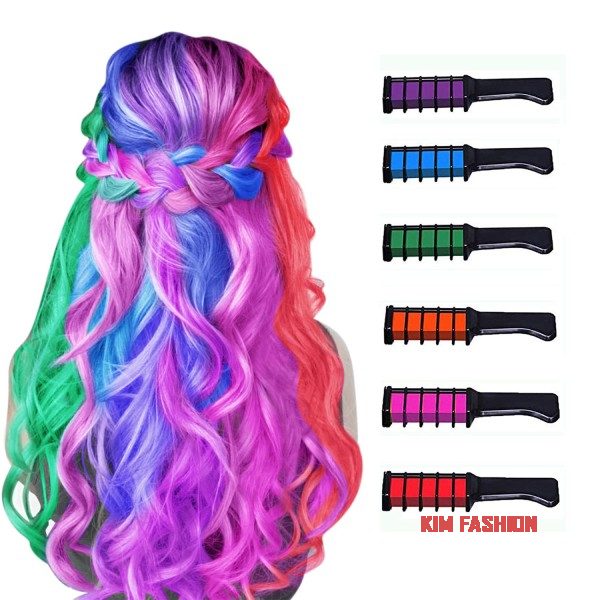
Best Hairstyles for Over 50 and Overweight
Hair Dye
Countless people worldwide use hair dye to express their individual styles and try new looks, making it an essential part of the beauty sector.
However, given the variety of types, colors, and application techniques available, choosing the best hair dye can be hard.
When buying a hair color, it’s necessary to keep things like skin tone, hair type, and length in mind.
We’ll go over all there is to know about hair dye, from the many kinds to the favored methods and fashions.
This book will give you useful advice on how to pick, use, and maintain your hair color whether you’re a seasoned hair dye user or a novice.
So let’s explore the fascinating world of hair color!
Types of Hair Dye
There are several types of hair dye available on the market, each with its level of permanence and color saturation.
Temporary hair dye is a non-permanent color that washes out after a few shampoos. It is an excellent option for those who want to experiment with different colors without committing to a long-term look.
L’Oreal Paris Colorista 1 Day Hair Color, 60 Blue
Semi-permanent hair dye lasts for a few weeks and gradually fades out over time.
It is an excellent option for people who want to add a pop of color to their hair without causing significant damage.
Desire Hair Color Kit, Semi-Permanent Dye
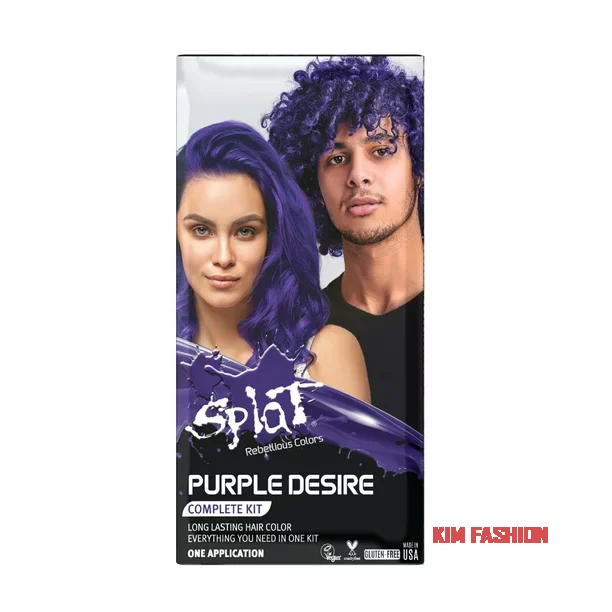
Permanent hair dye, on the other hand, is a long-lasting option that can change the natural color of hair completely.
It penetrates the hair shaft and chemically alters the hair’s pigment, making it difficult to remove.
Got2b Metallics Permanent Hair Color
Demi-permanent hair dye is a combination of temporary and permanent hair dye. It lasts longer than temporary dye but does not penetrate the hair shaft as deeply as a permanent dye.
Hally Hair Color Cloud Demi Permanent Hair Dye
When choosing a hair dye, it’s essential to consider the level of permanence and the effect it will have on your hair.
Popular Hair Dye Techniques
- Highlights
- Balayage
- Ombre
- Sombre
- Reverse Ombre
Hair dye techniques have come a long way since the days of plain, all-over color.
Today, there are various hair dye techniques that allow you to achieve a unique and personalized look.
Here are some of the most popular hair dye techniques:
Highlights: This technique involves adding lighter strands of color to your hair. It can be subtle or bold, depending on your preference.
Highlights color hair
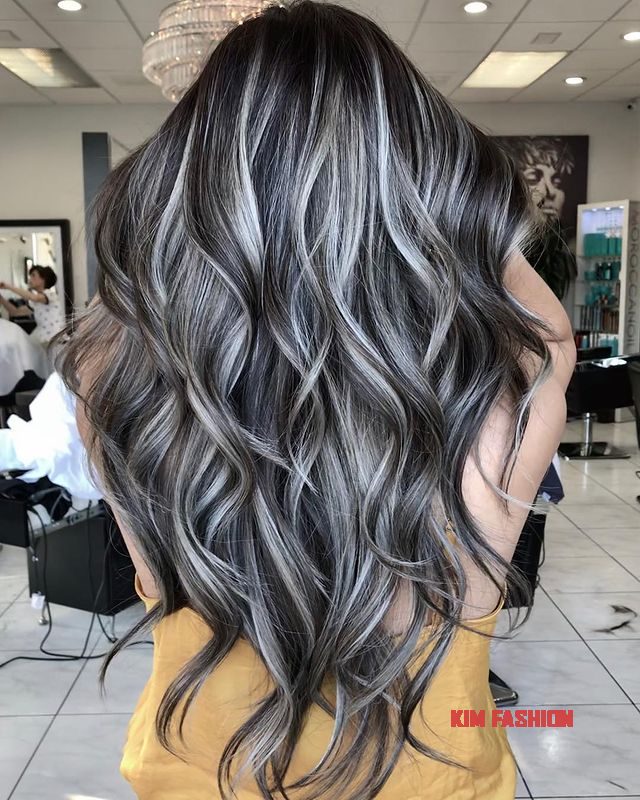
Balayage: This technique involves hand-painting the dye onto the hair, creating a natural-looking, sun-kissed effect.
It is great for those who want a low-maintenance look.
Balayage color hair
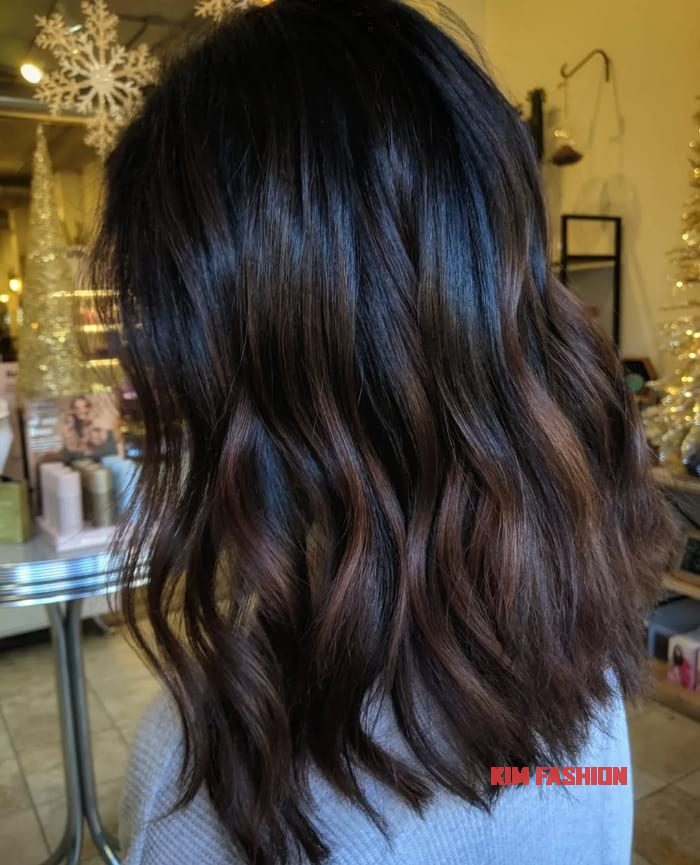
Ombre: This technique involves blending two different colors seamlessly, creating a gradient effect.
It’s a popular choice for those who want to add depth and dimension to their hair.
Ombre color hair
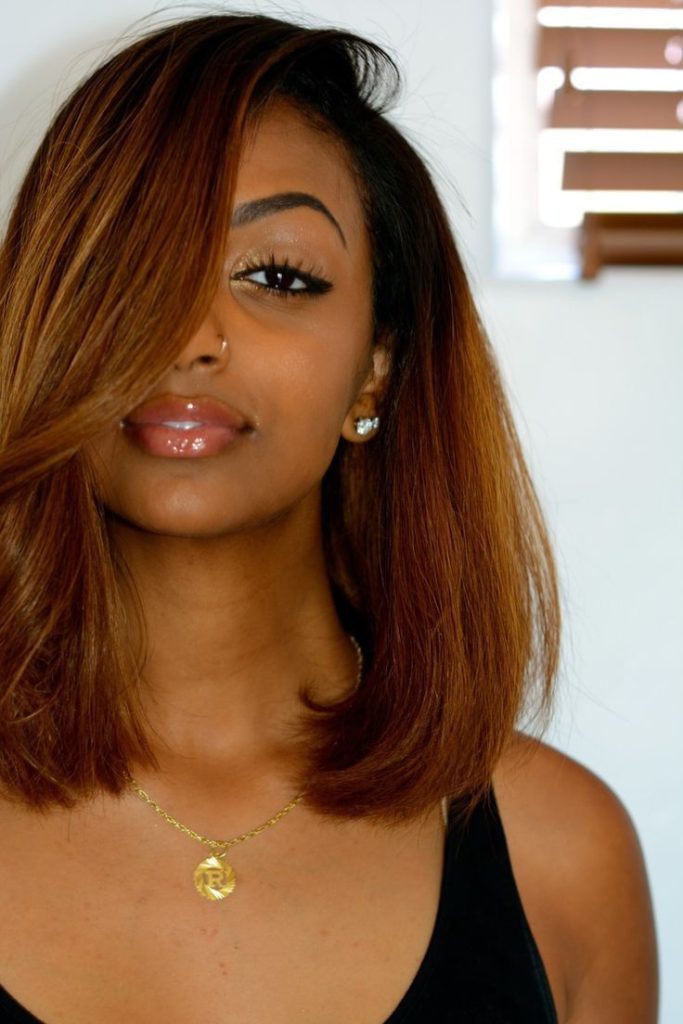
Sombre: This technique is a softer version of the ombre, with a more subtle transition between the colors.
Somber color hair
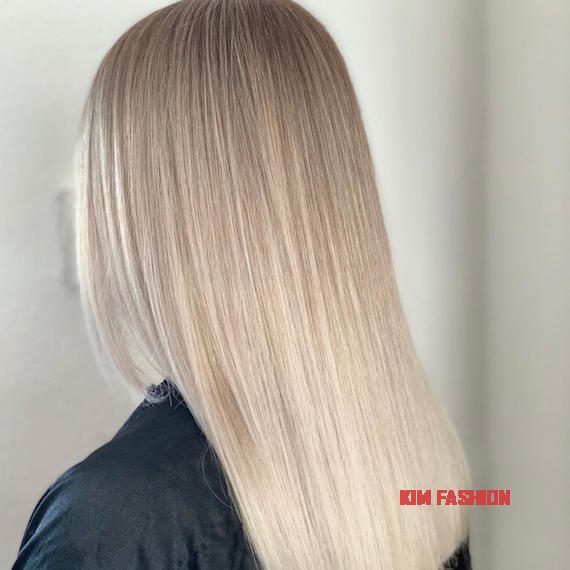
Reverse Ombre: This technique involves reversing the ombre effect, with darker roots and lighter ends.
It’s a great option for those who want to make a statement.
Reverse Ombre color hair
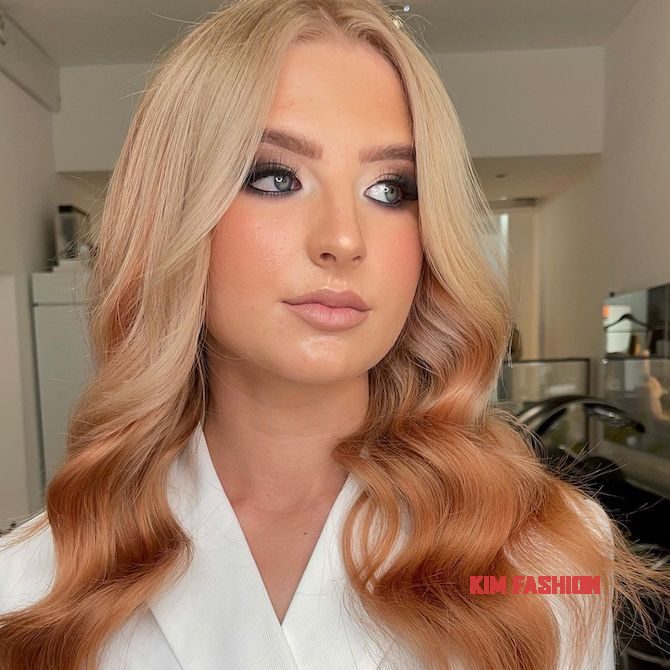
No matter which technique you choose, it’s important to work with a professional stylist to achieve the best results.
They can help you choose the right colors and techniques based on your skin tone, hair type, and personal style.
Factors to Consider When Choosing a Hair Dye
Choosing the right hair dye can be a daunting task, especially if you’re new to the world of hair color. Here are some factors to consider when choosing a hair dye:
Skin tone: Your skin tone plays a significant role in determining which hair color will look best on you.
People with warm undertones look great with warm hair colors like golden blonde and auburn, while people with cool undertones look better with cool hair colors like ash blonde and cherry red.
Hair type and length: The condition of your hair and its length can also affect the outcome of your hair dye.
For example, if you have dry or damaged hair, you may want to avoid using permanent hair dye, as it can cause further damage.
If you have short hair, you may want to opt for a bolder, brighter color to make a statement.
Personal style: Your personal style should also play a role in your hair dye decision.
If you’re someone who likes to change up your look frequently, temporary or semi-permanent hair dye may be a better option for you.
If you prefer a low-maintenance look, you may want to opt for a natural-looking balayage or somber.
Maintenance: Finally, you’ll want to consider the maintenance involved in maintaining your hair dye.
Some hair dyes require more frequent touch-ups than others, and some may require special products to maintain their color and shine.
By considering these factors and working with a professional stylist, you can choose the perfect hair dye that will complement your skin tone, hair type, and personal style.
Tips for DIY Hair Dye
If you’re considering dyeing your hair at home, there are a few tips to keep in mind to ensure the best results. Here are some tips for DIY hair dye:
Choose the right color: When selecting a hair dye, make sure to choose a shade that complements your skin tone and natural hair color.
It’s also important to check the level of the developer in the dye, as using a developer that’s too strong can damage your hair.
Prepare properly: Before you start dyeing your hair, make sure to read the instructions carefully and prepare the area where you’ll be dyeing your hair.
Wear old clothes that you don’t mind getting stained and use gloves to avoid getting dye on your hands.
Apply the dye correctly: When applying the hair dye, start at the roots and work your way down to the ends.
Use a comb or brush to distribute the dye evenly and avoid missing any spots.
If you’re dyeing your hair a bright or bold color, you may want to bleach your hair first to achieve the best results.
Follow the instructions: It’s important to follow the instructions carefully when dyeing your hair at home.
Leave the dye on for the recommended amount of time and rinse it out thoroughly to avoid damaging your hair.
Use a color-safe shampoo and conditioner: After dyeing your hair, make sure to use a color-safe shampoo and conditioner to maintain the vibrancy of the color.
Avoid washing your hair too frequently, as this can cause the color to fade more quickly.
By following these tips and taking your time when dyeing your hair at home, you can achieve great results without the need for a professional stylist.
However, if you’re unsure about dyeing your hair at home, it’s always best to consult with a professional.
Hair Dye Safety Precautions
While dyeing your hair can be a fun and exciting way to change up your look, it’s important to take safety precautions to avoid any potential risks.
Here are some hair dye safety precautions to keep in mind:
Conduct a patch test: Before applying the hair dye to your entire head, conduct a patch test by applying a small amount of dye to a small area of skin behind your ear or on your inner arm.
Wait 24-48 hours to see if you experience any allergic reactions.
Protect your skin and clothing: When applying hair dye, make sure to wear gloves to protect your hands from staining.
Apply petroleum jelly along your hairline to avoid dye staining your skin. Wear old clothes that you don’t mind getting stained.
Ventilation: Make sure to work in a well-ventilated area when applying hair dye. Open windows or use a fan to circulate fresh air and avoid inhaling any fumes.
Follow the instructions: It’s important to follow the instructions carefully when using hair dye.
Don’t leave the dye on for longer than recommended, as this can cause scalp irritation or chemical burns.
Rinse thoroughly: After applying hair dye, make sure to rinse your hair thoroughly with cool water to remove any excess dye. Avoid getting the dye in your eyes, as this can cause irritation.
Seek medical attention if necessary: If you experience any allergic reactions or irritation after dyeing your hair, seek medical attention immediately.
By following these safety precautions, you can enjoy dyeing your hair without putting yourself at risk.
If you’re unsure about dyeing your hair at home, it’s always best to consult with a professional stylist.
Hair Dye Trends
Hair dyeing has been around for centuries, but the trends and techniques used to achieve different hair colors have evolved over time.
Here are some of the latest hair dye trends that are popular in the beauty world:
Balayage: This French technique involves hand-painting hair to create a graduated, natural-looking effect.
It’s a great way to add dimension and depth to your hair without the harsh lines of traditional highlights.
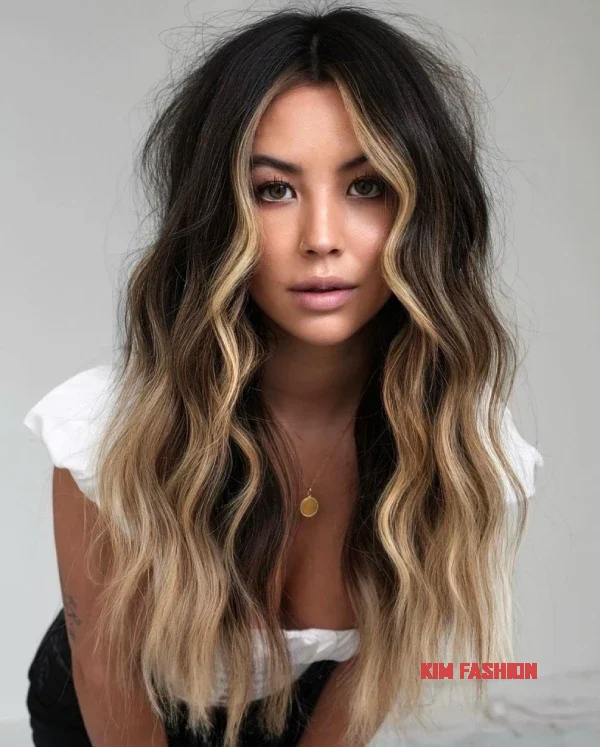
Ombre: This technique involves gradually blending one color into another, creating a subtle or bold transition from one shade to the next.
It’s a popular way to add color to the ends of the hair while keeping the roots natural.
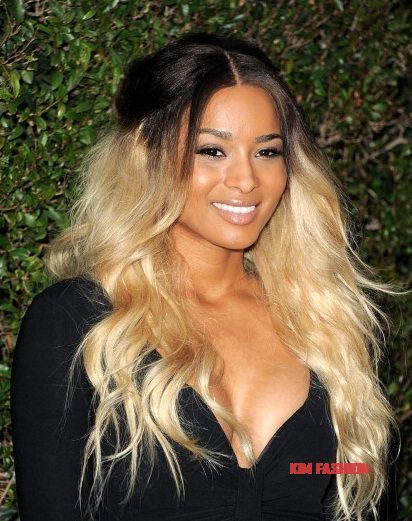
Pastel Colors: Pastel hair colors, such as lavender, pink, and blue, have become increasingly popular in recent years.
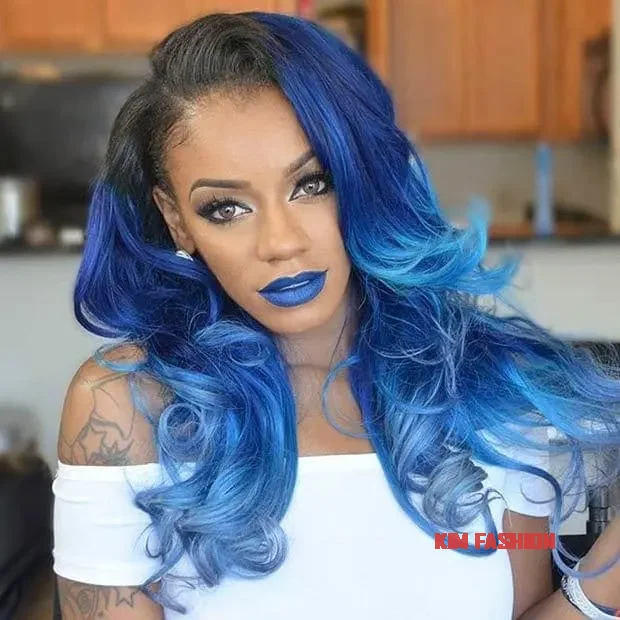
These soft shades can be achieved by using a toner or by pre-lightening the hair before applying the color.
Bold Colors: Bold colors, such as bright red, purple, and green, have also gained popularity.
These colors can be achieved by using a semi-permanent or permanent hair dye.
Root Shadowing: This technique involves adding darker shades to the roots of the hair, creating a shadow effect.
It’s a great way to add depth to the hair and create a natural-looking ombre effect.
Babylights: Babylights involve creating very fine, subtle highlights throughout the hair, creating a natural, sun-kissed look.
These are just a few of the hair dye trends that are currently popular in the beauty world.
Remember, when trying out a new hair color or technique, it’s always best to consult with a professional stylist to ensure the best results.





